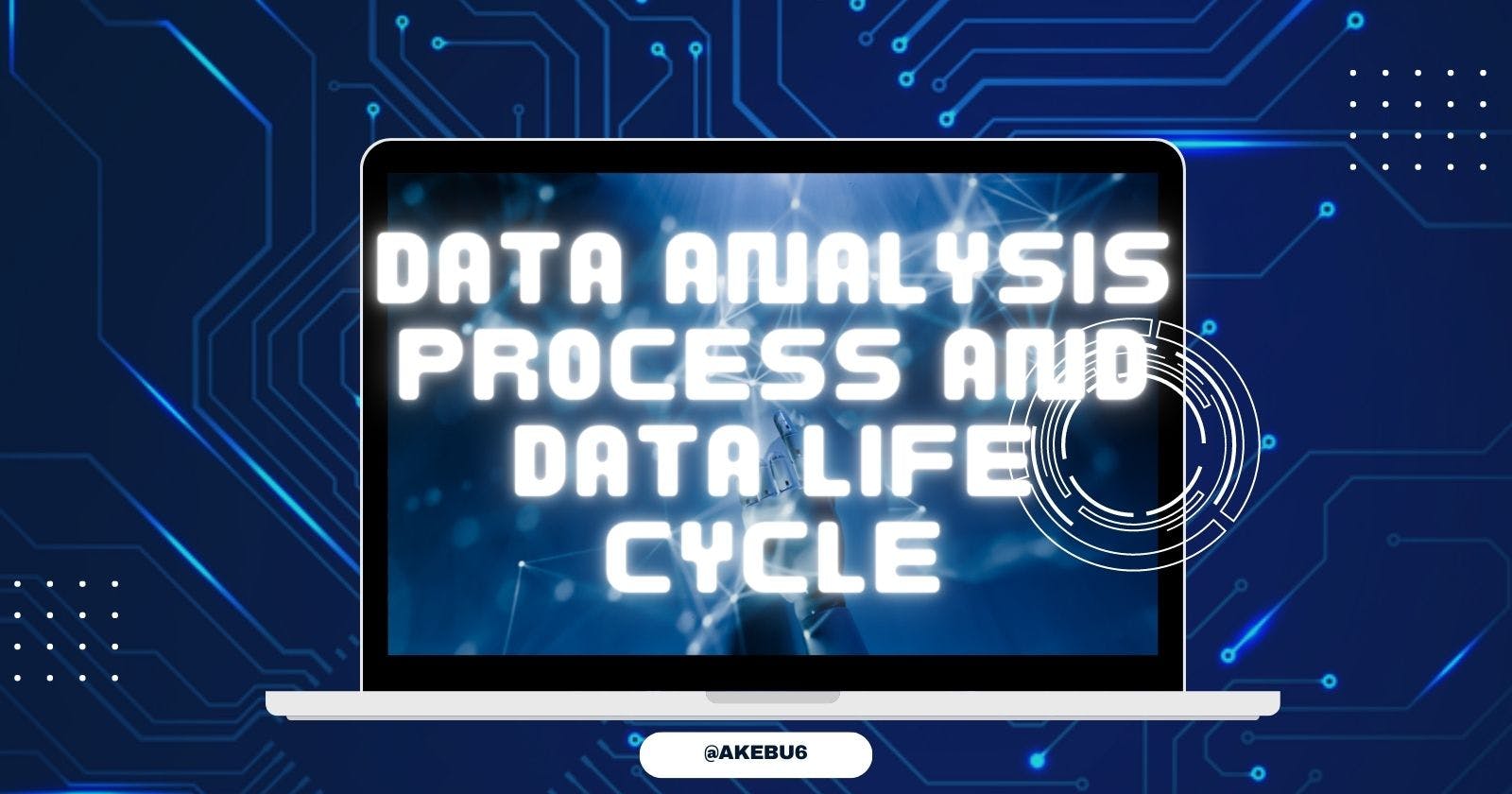Table of contents
In today's data-driven world, understanding the data analysis process and the data life cycle is essential for making informed business decisions.
Data Analysis is the process of collecting, transforming, and organising data to draw meaningful conclusions, make predictions and drive informed decision-making. This process is very critical as it helps you manage your data accordingly as well as ensure that you are providing accurate predictions when it comes to dealing with Machine Learning.
Having a concrete understanding of the various steps needed to collect, manage and organise your data is crucial and it will also provide you with a solid foundation should you wish to learn Machine Learning. Data life cycle on the other hand is the life cycle that data goes through as well as the tools used and it is a part of the data analysis process.
Both Data Analysis and Data Life Cycle have different phases and for this blog, only six of each will be discussed.
Data Analysis Process Steps
The Data Analysis Steps or phases can be categorised into several phases but for this category, we shall look at the steps followed by the Google Data Analysts and these include; ask, prepare, process, analyse, share, and finally act.
Ask
In this phase, you look at the big-picture of what you are trying to solve. This involves defining two major things; the problem and the various stakeholders who are involved for you to solve the problem. By defining the problem, you look at the current state and identify how it is different from the ideal state.
Prepare
This phase deals with the actual collection of the data from different sources and then storing it in preparation for it to be processed and analysed to allow for informed decision-making and analysis.
Process
This phase of the data analysis process deals with finding and eliminating any inconsistencies by cleaning the data, transforming it into a more useful format, combining two or more datasets to make the information complete, and removing any outliers. This is where the true magic and power of data analysis is seen.
Analyse
Here, you use various tools to transform and organise the data so that you can draw useful conclusions, make predictions and drive informed decision-making. An example of the tools that you get to use here include spreadsheets, query languages as well as visualisation tools.
Share
After you have analysed your data, the next step is to share it with those with whom the data is useful, this may involve your manager or other colleagues depending on whether they have permission to have access to that data. You interpret that data and present it in the form of graphs, tables, charts, or maps. This representation should be able to be understood by anyone who isn’t a technical person.
Act
The last phase of the data analysis process is to finally act on the data insights that have been provided. This involves taking the insights and putting them to work to solve the problem that was identified in the 'ask' phase.
These phases are critical and differ depending on which sector the data analysis process is being applied to.
Data Life Cycle Steps
These steps are similar to the data analysis process, the data life cycle includes six phases; plan, capture, manage, analyse, archive, and destroy.
Plan
The planning phase is almost similar to the 'ask' phase in that, you identify what kind of data you will need, how you will collect that data, how it is to be managed, how it will be stored as well as who will be responsible for it. This phase takes place even before the analysis process can begin.
Capture
Once you are done with the planning phase, you can now move to collect the data from a variety of different sources such as from the organisation’s database or outside sources, and then bring it into the organisation. You also need to ensure that the data collected is credible, has integrity and privacy.
Manage
After the collection has been done, it’s now time to manage it. This is where you take care of the data by determining how and where it is stored, the different tools you will use to keep it safe and secure as well as the various actions you will need to take to ensure that the data is maintained properly.
Analyse
Data collected and stored is then analysed to solve the problem that was identified in the 'ask' phase of the data analysis process to make great decisions and support the business goals.
Archive
Once the problem has been solved, the collected data may then be archived for future reference and this is the step where that is done.
Destroy
Destroying data may imply deleting all the data from the database, shredding any paper files that may have been used, or any such technique to get rid of that data. This is done to ensure security as well as free up company resources.

You can connect with me on:
